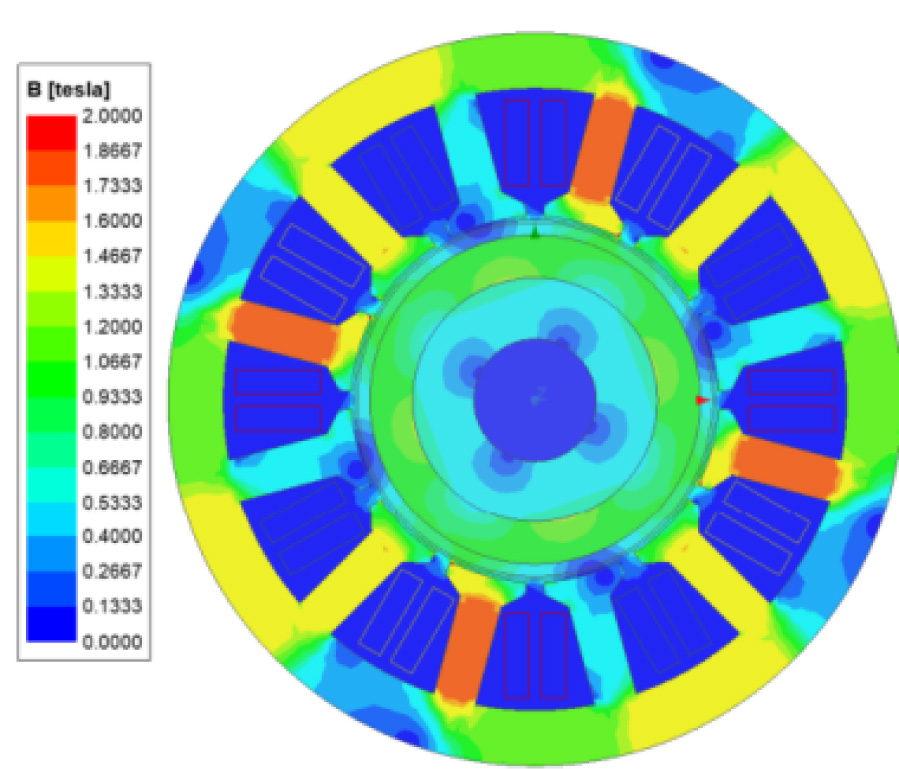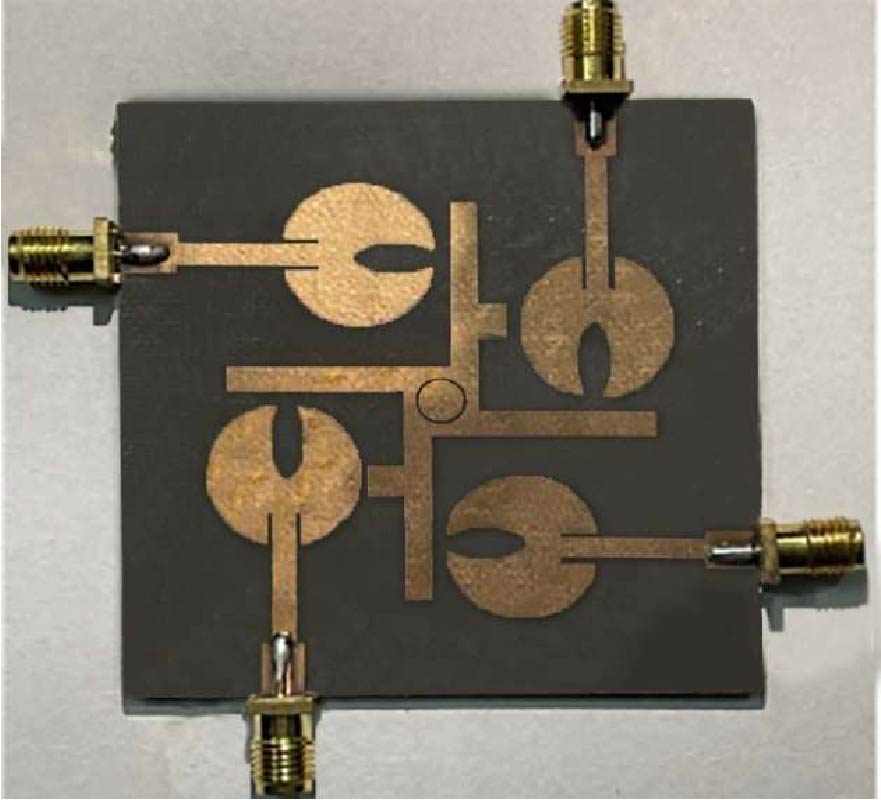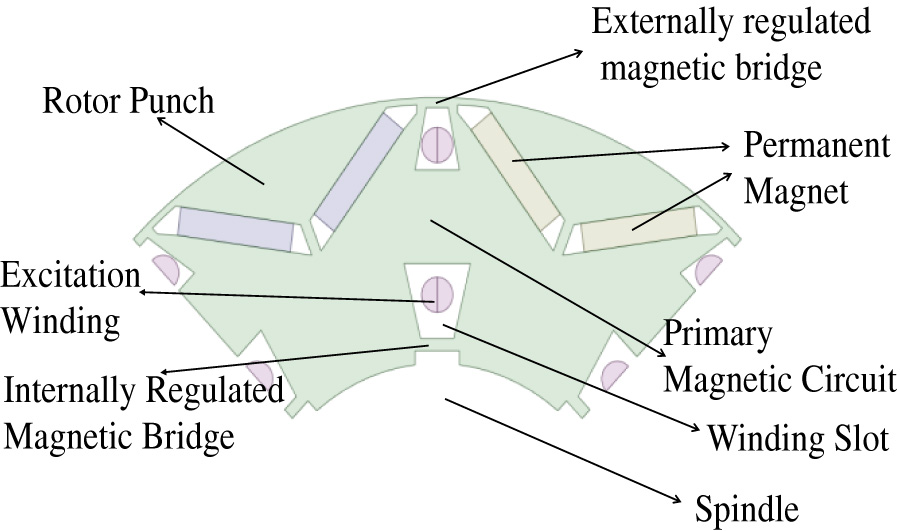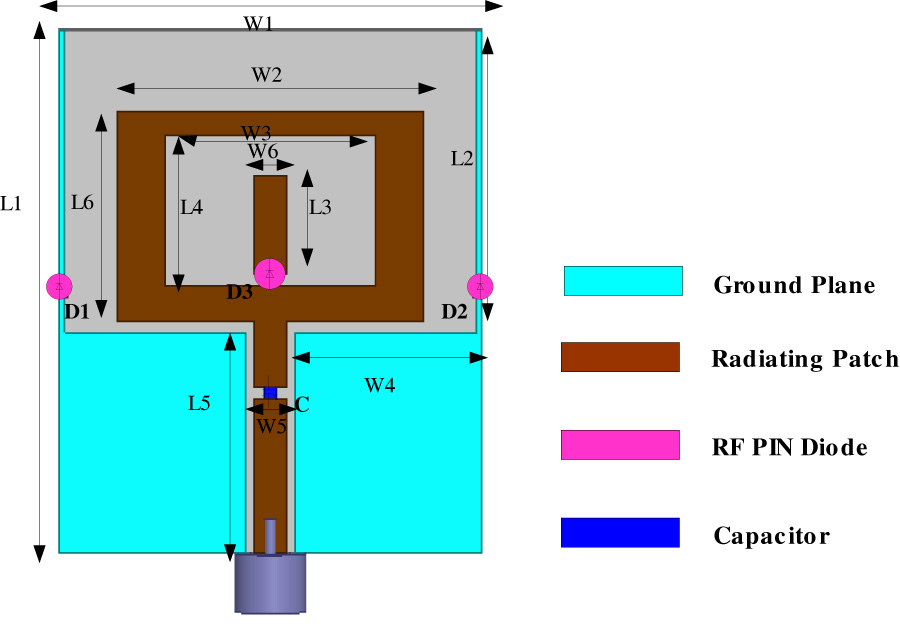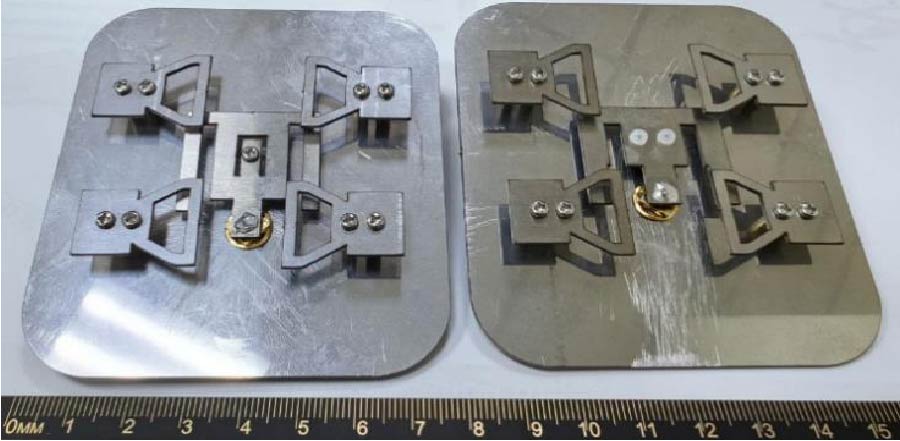Design of F-Shaped Parasitic MIMO Antenna with DGS for Vehicle-to-Everything Communication
Maruti R. Jadhav
and
Uttam L. Bombale
Multiple-Input Multiple-Output (MIMO) antennas are essential for transmitting and receiving information in Vehicle to Everything (V2X) communication. However, the MIMO antenna designs at V2X are complex because of the mutual coupling problem. Several approaches have been designed to improve antenna isolation. However, these approaches have drawbacks like gain, bandwidth, and radiation efficiency reductions. This work introduces a compact four-port MIMO antenna that operates at a 5.85 GHz to 5.9 GHz frequency range for V2X communication. Here, the slotted circular microstrip patch MIMO antenna is considered. The antenna's length, width, and patch are optimized by metaheuristic optimization called Aquila Optimization (AO). A substrate Rogers RT5880, which has a defected ground structure (DGS) and a parasitic patch, is used to design the antenna. F-shaped parasitic elements are placed near each antenna element to improve isolation. The DGS with a U-shaped parasitic element minimizes the mutual coupling among the adjacent antenna elements. The considered overall dimension has a compact size, and it achieves better envelope correlation coefficient (ECC < 0.5), total active reflection coefficient (TARC < -10 dB), diversity gain (DG > 9.9 dB), channel capacity loss (CCL < 0.4), and mean effective gain (MEG < 3 dB) at 5.88 GHz. Hence, it is proposed that the developed design is useful for applying V2X communications.
